Niacinamide, a water-soluble form of vitamin B3, has been extensively studied for its contributions to skin health. Unlike surface moisturizers, which provide temporary hydration, niacinamide modulates skin barrier function at the biochemical level. It stimulates the biosynthesis of stratum corneum lipids, including ceramides, free fatty acids, and cholesterol—key components of the epidermal permeability barrier. In this blog post, Viablife, a high purity bio-based raw materials manufacturer, will share the nicotinamide boosts ceramide and lipid synthesis to strengthen skin barrier.
Nicotinamide and Stratum Corneum Lipids
The stratum corneum, the outermost layer of the skin, maintains hydration and protects against external irritants. Its functionality relies heavily on lipid organization, with ceramides accounting for nearly 50% of total lipids. In conditions such as atopic dermatitis and aged skin, ceramide levels are markedly reduced, leading to impaired barrier function.
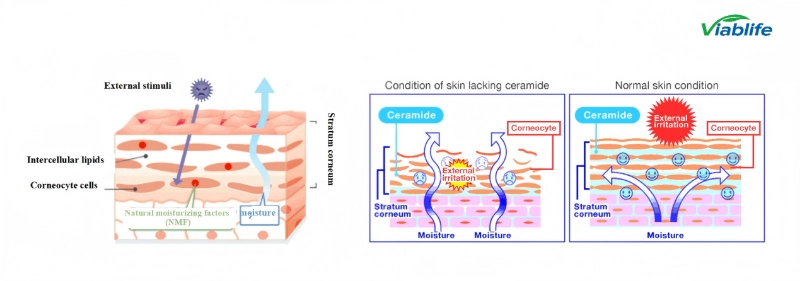
Supplementation with Nicotinamide enhances the production of ceramides and other lipids, making it a promising intervention for barrier-compromised skin.
Biochemical Mechanisms: How Nicotinamide Works
When normal human keratinocytes were treated with 1–30 μmol/L of nicotinamide for six days, ceramide biosynthesis increased dose-dependently by over fourfold. The effects were not limited to ceramides alone. Glucosylceramide synthesis increased 7.4-fold, while sphingomyelin synthesis rose 3.1-fold. Nicotinamide therefore influences multiple sphingolipid pathways simultaneously, ensuring a balanced lipid matrix within the epidermis.
A key discovery lies in its effect on serine palmitoyltransferase (SPT), the rate-limiting enzyme in sphingolipid synthesis. Nicotinamide was found to upregulate the transcription of LCB1 and LCB2, the two subunits of SPT. This suggests that its effect is genomic rather than transient, ensuring sustained improvements in lipid synthesis.
Beyond Ceramides: Nicotinamide and Additional Lipid Pathways
The benefits of Nicotinamide extend beyond sphingolipids. In keratinocyte studies, free fatty acid synthesis increased 2.3-fold, while cholesterol synthesis rose 1.5-fold. These lipids, alongside ceramides, form a trilamellar barrier structure that reduces transepidermal water loss (TEWL). Thus, Nicotinamide supports the full lipid architecture of the stratum corneum, not just ceramides in isolation.
In Vivo Evidence: Nicotinamide and Barrier Function
Topical application of Nicotinamide formulations in human trials corroborates the cellular findings. Skin treated with nicotinamide showed increased levels of ceramides and free fatty acids in the stratum corneum. Importantly, transepidermal water loss decreased significantly in dry skin conditions, highlighting the restoration of barrier function. These outcomes position Nicotinamide as more than a cosmetic ingredient; it is a biologically active compound with therapeutic relevance.
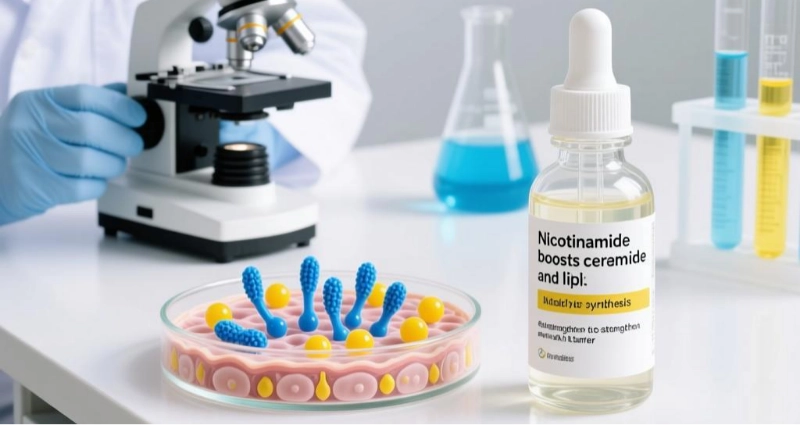
Clinical Implications of Nicotinamide
Nicotinamide could be beneficial in managing dermatological conditions where barrier dysfunction plays a central role. For instance:
* Atopic dermatitis: Restoring ceramide levels may reduce flare frequency and improve hydration.
* Aged skin: Enhancing lipid biosynthesis can address age-related barrier decline.
* Dry skin disorders: Reduction of TEWL directly improves symptoms of chronic dryness.
While not a replacement for conventional therapies, Nicotinamide may serve as an effective adjunct in dermatology, particularly in topical formulations designed for long-term use.
Nicotinamide in Dermatological Formulations
The incorporation of Nicotinamide into topical skincare has gained momentum in recent years. Unlike niacin, nicotinamide does not cause flushing, making it well-tolerated. Its compatibility with moisturizers, emulsions, and serums allows it to be widely utilized in cosmetic dermatology. However, its role should not be reduced merely to a marketing feature; the underlying evidence positions Nicotinamide as a bioactive compound with measurable physiological impact.
Conclusion
Niacinamide can significantly promote the increase of filaggrin, collagen fibers, and keratin, while also boosting the production of lipid components in the skin barrier, such as ceramides and free fatty acids.
It can help alleviate the damage caused to the skin barrier by surfactants or solvents, playing a repairing role.
At the same time, niacinamide enhances the synthesis of ceramides in the skin, strengthens the skin barrier, and effectively reduces water loss, providing a moisturizing effect.
References
1. Tanno, O., Ota, Y., Kitamura, N., Katsube, T., Inoue, S. (2000). Nicotinamide increases biosynthesis of ceramides as well as other stratum corneum lipids to improve the epidermal permeability barrier. *British Journal of Dermatology*, 143(3), 524–531.
2. Surjana, D., Halliday, G.M., Damian, D.L. (2011). Nicotinamide enhances repair of ultraviolet radiation-induced DNA damage in human keratinocytes and ex vivo skin. *Carcinogenesis*, 34(6), 1144–1149.
3. Gehring, W. (2004). Nicotinamide in dermatology. *Journal of Cosmetic Dermatology*, 3(2), 88–93.


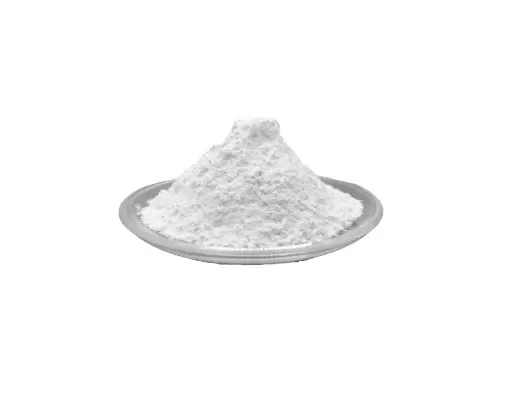
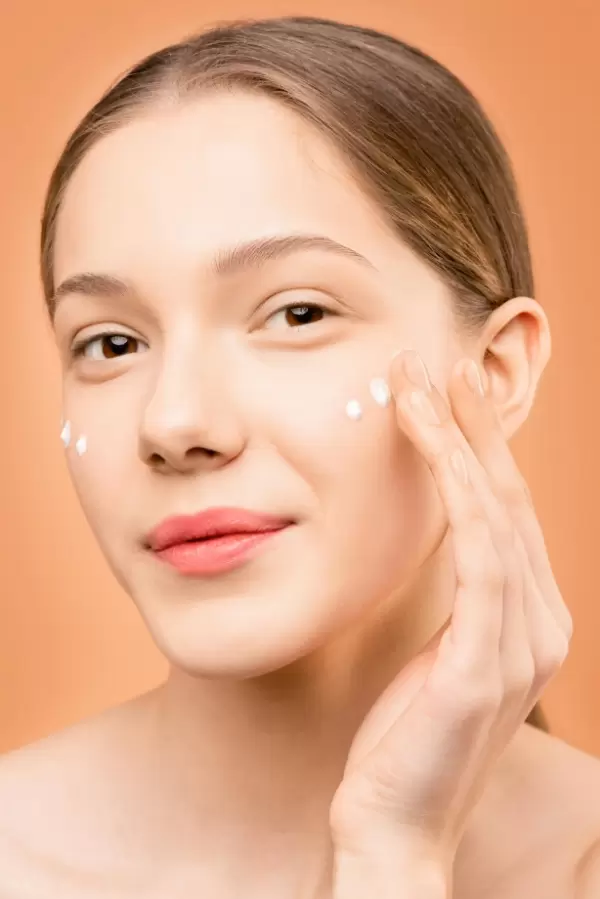
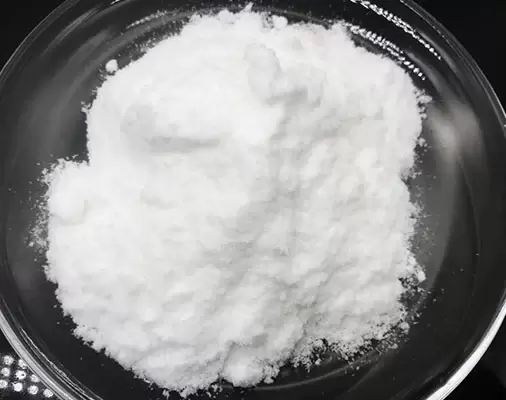
 Leave a Message
Leave a Message